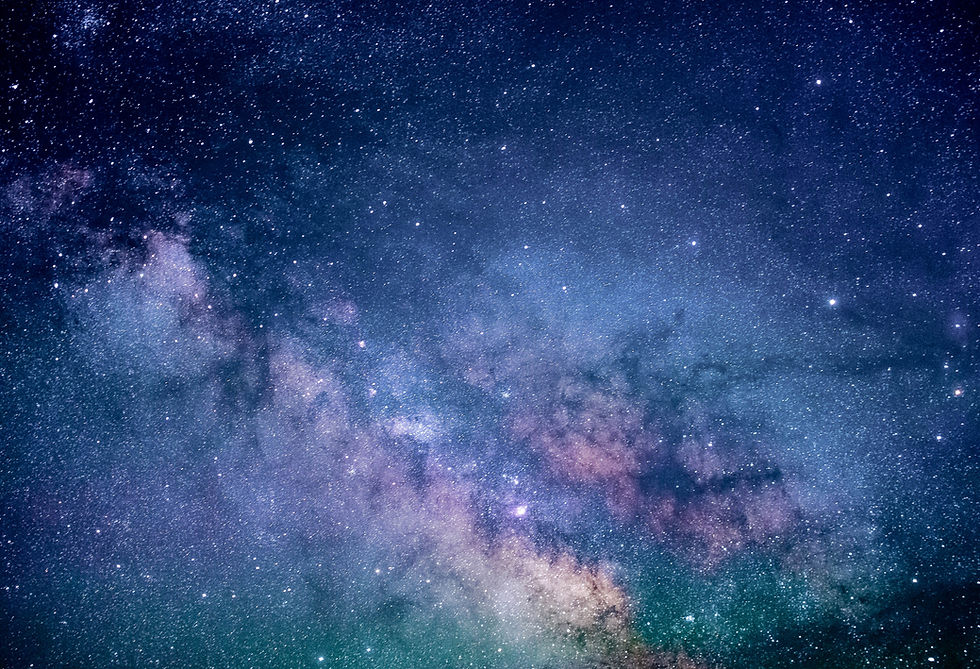
Night Sky
Dear Neighbors,
A little piece of heaven! We bet you love living in the Capitol/Snowmass Creek Valleys
as much as we do! The Snowmass-Capitol Creek Caucus is an elected volunteer board of
Snowmass residents that has been working to preserve the natural beauty of our valley for
nearly 50 years. If you live or own property in our Caucus area, you are a member of the
Caucus. You can get involved in your neighborhood, and help us achieve our goals…one
of which is to preserve our dark skies.
We care very deeply about our dark starry night skies.
We are so lucky to be able to observe the Milky Way, planets, eclipses, comets, and phases of
the moon. More importantly, dark skies are needed for the proper functioning of natural ecosystems, including migration of birds, and safe passage of deer, elk, and other wildlife between pasture
and stream. Thus, in our Master Plan to guide the development in our valleys, we strongly
encourage minimal use of low-impact outdoor lighting. Lights that shine in all directions, the upward
lighting of trees, driveway lighting, and extended holiday lights are incompatible with Pitkin County’s
lighting code, as well as the Caucus Master Plan.
There are easy ways to achieve low-impact lighting. Please, take a moment to learn about the importance
of dark skies by visiting darksky.org. Also, please study Pitkin County’s lighting guidelines at: https://pitkincounty.com/DocumentCenter/View/28816/chapter-07 (County Code Chapter 7, Development Standards, 7-20-140, starting on page 101).
Turn off your lights, let your eyes adjust to the darkness, and enjoy the wondrous night skies of Snowmass!
Thank you! Your neighbors, The Snowmass-Capitol Creek Caucus Board
Our Spectacular Night Sky
By Judith Frey
Throughout human history until the last 100 years, the spectacular night sky was part of everyone's experience. We are fortunate that the Snowmass-Capitol Creek valley has some of the darkest skies in Colorado. In the Denver area, I encountered school children who had never seen the stars!
Successful stargazing depends on acclimating one's eyes to total darkness so that very faint objects can be seen with the naked eye. Ambient light prevents one's eyes from adjusting to the dark. It is my hope that all homeowners will shield outside lights so that they shine downward, where the light is needed, and not upward or in all directions. These first-hand experiences of the universe that we have in this valley are increasingly rare in our age.
Exterior Lighting
The Pitkin County Land Use Code LUC 7.20.140 provides specific guidance on exterior lighting:
"Briefly, exterior lights must be shielded and/or directed so that the bulb is not visible from the property line."
I would also add that it is not necessary--or advisable from a stargazer's perspective--to illuminate the night sky! The Land Use Code goes into more detail and provides excellent examples of shielded lighting.
The Night Sky Through the Seasons
On New Year's Eve at midnight, the brightest star in the sky, Sirius, reaches its highest point in the heavens. Called the star's midnight culmination, this event happens once every year. Sirius is the bright star below and to the left of the constellation Orion.

Welcome back, Orion--the large constellation dominating the high southern sky in the winter months. The middle "star" in Orion's "sword" appears fuzzy to the naked eye. This is actually the Orion Nebula, an interstellar cloud of gas that is a major star-forming region--the closest one to the earth at 1,270 light-years away. With a small telescope you can see four newly-formed stars that are blowing the gas away from them into space. It's amazing what lies just beyond our sight in the night sky!

The Milky Way--our own galaxy--stretches across the night sky in summer. In winter, it is very much fainter because we are looking outward through the ends of the spiral arms where the stars are fewer and farther between. In summer, we are looking inward toward the center of the galaxy where the arms are much closer together and the stars are denser. To the left of the constellation Scorpius, very low in the southern summer sky, about halfway above the curving tail, is the rotational center of our galaxy.


In August and September, with dark enough skies, you can see the Andromeda Galaxy fairly low in the eastern sky. Just 2.5 million light-years away, it is our closest galactic neighbor (except for the dwarf galaxies that orbit our own Milky Way--most notably the Magellanic Clouds, visible to the naked eye in the southern hemisphere). The Andromeda Galaxy is fainter than individual stars--you need at least 15 minutes in total darkness for your eyes to adjust enough to see it. So—you are straining to make out a faint blob of light that you can barely see, ho-hum! But when you realize what you're looking at--a completely different star system, larger than the Milky Way, that you can view with your own eyes--then it becomes thrilling. With binoculars or even a small telescope, you can make out the spiral arms of the galaxy.

